China is the largest fruit province, which has been underestimated for too long.
China is the largest fruit province, which has been underestimated for a long time. The original old artist’s nine lines are included in the topic # 55 contents of Scenery.

When it comes to the topic of fruit freedom, it seems that northerners are not as high-pitched as southerners. They envy the freedom of litchi in Guangdong and the large number of civilians in Guangxi, and durian and cherries are far apart.
Once someone in the circle of friends basks in the big and sweet kiwifruit, they envy at the bottom and say, "You southerners are so happy and tearful!" It is embarrassing to turn to the origin of kiwifruit. Unexpectedly, Shaanxi talents are the bosses who sit facing south and have the last laugh.
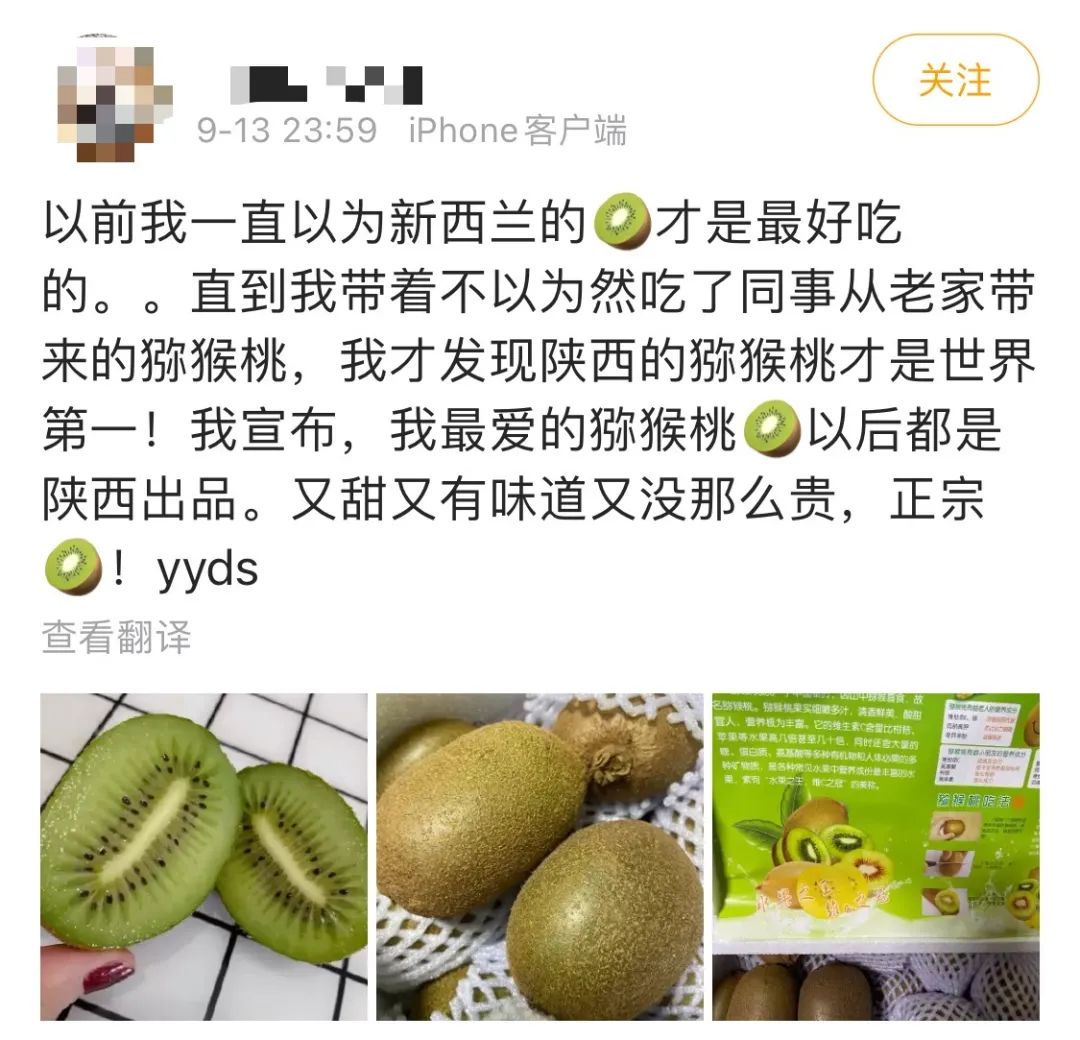
△ Shaanxi kiwifruit, hidden at a good price. /Weibo screenshot
Many people don’t know that Shaanxi, a hidden fruit province in the north, is definitely going to take the lead. In most people’s minds, Shaanxi may be blurred by carbohydrate and the Loess Plateau. In fact, it is "the largest fruit province in China"-although the fruit output is not equal to that of Shandong, according to the data released by Shaanxi Provincial Bureau of Statistics, the total orchard area in Shaanxi Province is as high as 17,317,200 mu, ranking first in the country.
Looking at the resume of Shaanxi fruit, these figures are amazing: the planting area and output of apples and kiwifruit in Shaanxi ranks first in the world, the cherry area ranks second in the country and the grape ranks third in the country. One out of every seven apples and five kiwifruits in the world comes from Shaanxi.
No wonder Shaanxi people don’t care about the freedom of cherries of southerners. They have already returned home with sweet and cheap apples and kiwis. When many people cry for a five-dollar kiwi fruit in New Zealand, Shaanxi people smile without saying a word. You know, they only sell for four or five dollars a catty.
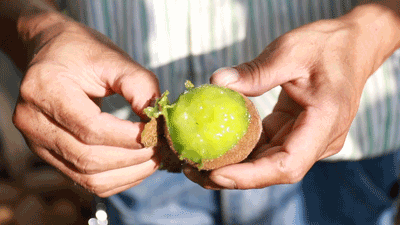
△ Sitting at the top of the national fruit freedom contempt chain, Shaanxi people must have a seat.

China is the first fruit province, why is it?
When it comes to Shaanxi, the impression of the Loess Plateau in my mind is really profound, which is 108,000 miles away from the imagination of the first fruit province.
If you spread out the map and look at Shaanxi carefully, you won’t cause such misunderstanding. Shaanxi is located in the middle of Chinese mainland, and China’s "geodetic origin" is located in Jingyang, Shaanxi.
If Guangxi, a major fruit province, is included horizontally, then Shaanxi is absolutely vertical. Shaanxi has a long and narrow terrain, which is short from east to west and long from north to south, just spanning eight latitudes, including wet, semi-humid, arid and semi-arid areas, and three temperature zones, such as middle temperate zone, warm temperate zone and subtropical zone.

△ The long and narrow Shaanxi is all-encompassing. /google map
Usually, for the convenience of memory, we will say that Shaanxi is like "three provinces". Beishan and Qinling divide Shaanxi into three geographical plates with great differences-the northern Shaanxi is the loess plateau that everyone remembers the most, the Guanzhong in the middle is the plains thousands of miles away, and the southern Shaanxi is a warm and rainy mountain.
In Shaanxi, the scenery and folk customs between the north and the south are very different. From north to south, you can see the unique landforms of China-you can see the boundless yellow sand and mud, the towering Qinling Mountains, and the endless grasslands and paddy fields with white walls and black tiles …
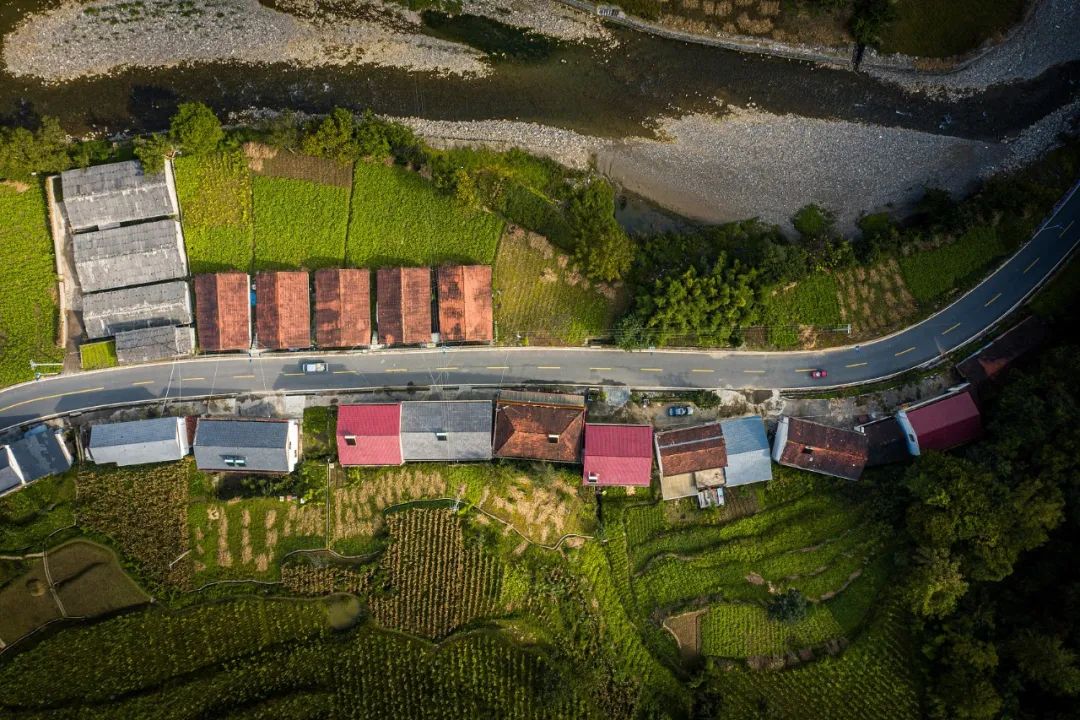
△ There is also a "small Jiangnan" style in southern Shaanxi. /vision china
The complex climate, rich soil, sufficient light and precipitation give fruits unique nutrients.
Seen from north to south, the Loess Plateau in northern Shaanxi seems to be full of valleys and valleys, and the soil is loose, so it is difficult to grow crops and grains. However, the temperature-loving and cold-resistant apples are adapted to such an environment-high altitude, sufficient sunlight, thick soil layer, neutral and alkaline, and the temperature difference between day and night is large, pests and diseases are not suitable for reproduction, and the fruit has high sugar storage and stronger flavor.
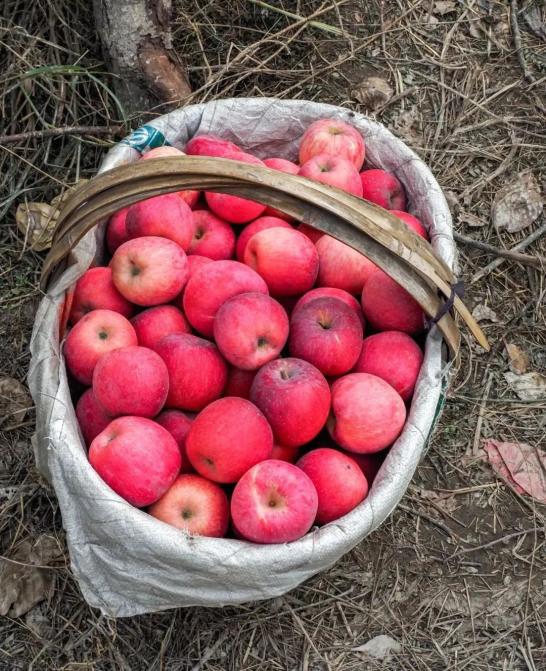
△ Shaanxi mountain apples are too tempting. /tuchong creativity
Shaanxi is definitely a proper apple province. "Red Fuji is rooted in the loess slope" has been sung into the lyrics of "Xintianyou" in northern Shaanxi. Astronaut Tang Hongbo ate Shaanxi apples at the China Space Station.
The Loess Plateau is the only region in the world that meets the seven meteorological indicators of the best apple breeding area. By the end of 2020, the total apple planting area in Shaanxi reached 9,302,700 mu and the output reached 11,852,100 tons.

△ Shaanxi apples have become the fruits of astronauts.
If northern Shaanxi is Guoguo Hong, kiwifruit must have dyed the Guanzhong area green.
Guanzhong is surrounded by the most developed Weihe River system in the northwest. Zhouzhi in Xi ‘an and Meixian in Baoji are under the main peak of Qinling Mountains. They belong to temperate continental monsoon climate, with fertile soil, high organic matter content, sufficient sunshine time and superior ecological conditions, which make the kiwi fruit juice water grown here sweet and rich, soft and dense, and the taste is sometimes described as a mixture of strawberries, bananas and pineapples.
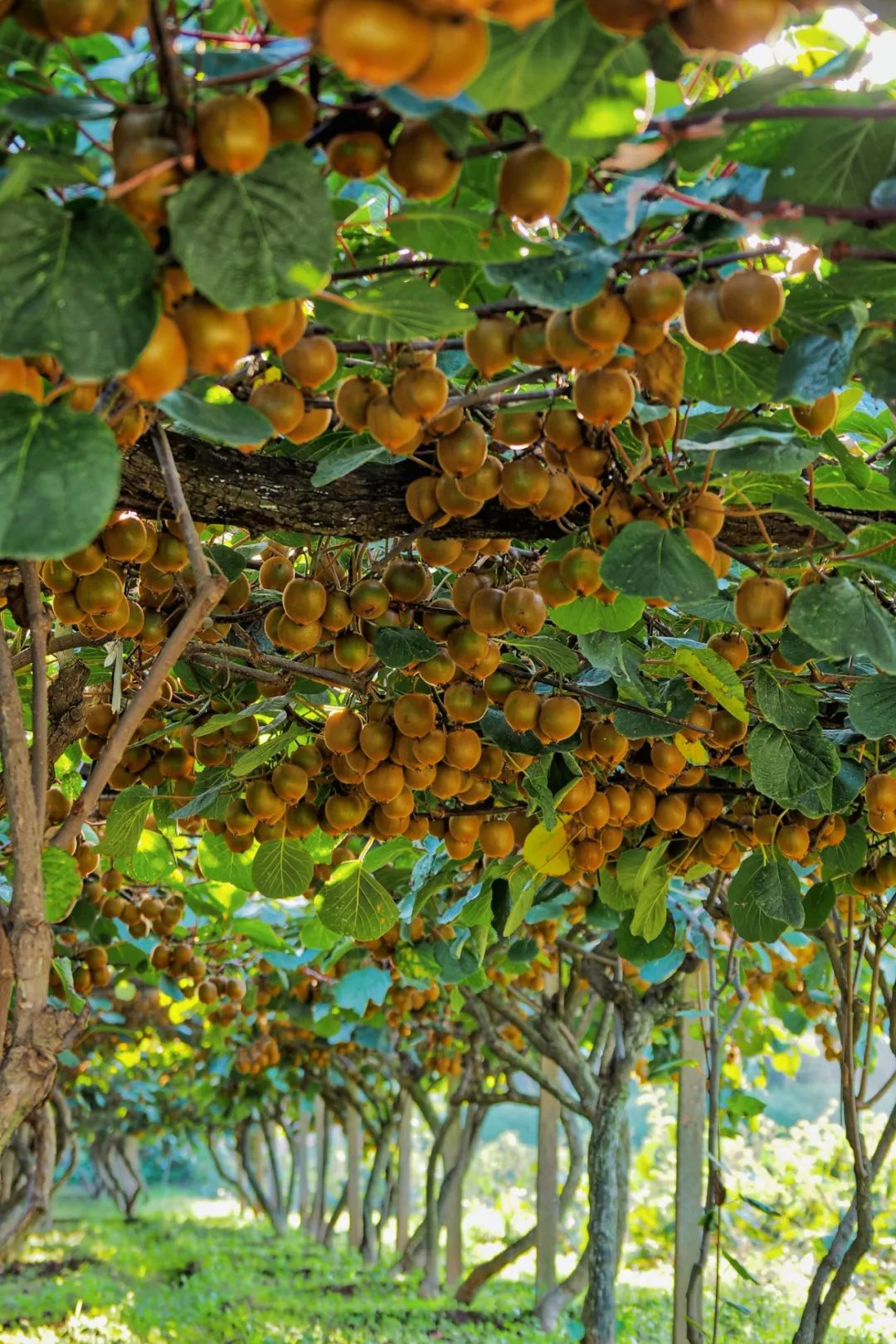
△ Zhouzhi and Meixian are the hometown of kiwifruit. /tuchong creativity
Of course, in such a superior Guanzhong plain, its fruit types also occupy the C position in Shaanxi-almost every county in Xi’ an has a fruit signboard to play.
Take Lintong as an example. Pomegranate and fire crystal persimmon here are the most irreplaceable fruit categories, and they have always been the tribute of the emperor.
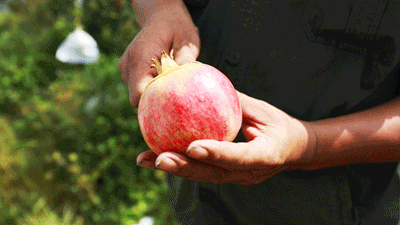

△ Lintong Pomegranate and fire crystal persimmon are representatives of Shaanxi scenery.
The peaches in Weinan, Xianyang, Baoji and other places in Guanzhong area are also a must. According to the color of the pulp, they are divided into three types: yellow, white and red. The meat is tender and sweet as honey.
Hutai No.8 grape in Huxian county looks like colored glass at first sight, and it is like agate when it is clustered. It is described by local people as "it will be sweet to the same place after eating".
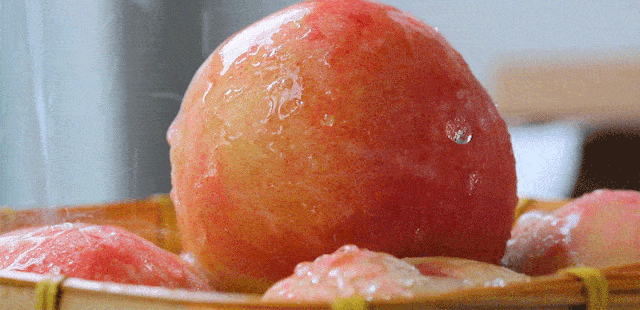
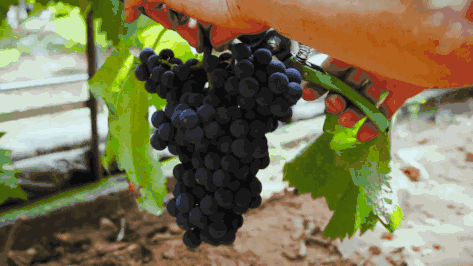
△ Guanzhong Peach and Hutai No.8 are so sweet that people are spinning around.
To the mountainous area in southern Shaanxi, it must be the yellow of tangerine. Located in the south of Qinling Mountains and adjacent to Sichuan Basin, Hanzhong Chenggu is blessed with the moist Han River, high terrain in the north and low terrain in the south, deep soil layer and mild climate. The citrus grown here is delicate and sweet.
Further to Ankang in the east, there are white river papaya, which is called "Qiandao Lake in Shaanxi Province". There is a vast expanse of smoke and plenty of water to nourish the surrounding area. The fresh and sweet loquat here does not lose the warmth of southern fruits.

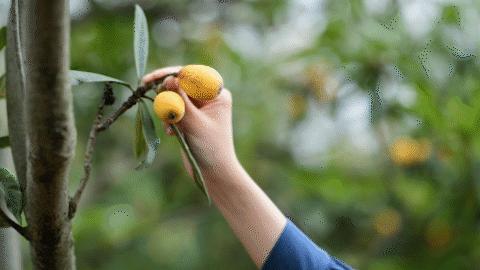
△ Oranges born in Huainan are oranges, and the mountainous areas in southern Shaanxi are suitable for planting tangerines. /tuchong creativity

How do we eat in Shaanxi fruit stalls all year round?
Others travel to Shaanxi on the surface of carbon water, but the old artist thinks that it may be an excellent route to travel to Shaanxi according to the fruits of the four seasons.
If Guangxi is a fruit basket, Shaanxi must be a long and narrow fruit stall, which covers a wide variety from north to south, and we can find the fruits we want all year round.
In spring, the strawberries in Chang ‘an are just mouth watering in February. In April, on the north slope of Bailuyuan, cherry blossoms are everywhere. After Qingming, the trees are covered with bright red cherries. Those who have eaten Shaanxi cherries can really understand why Shaanxi people don’t care about the freedom of cherries.

△ The cherries in Bailuyuan make people forget cherries. /tuchong creativity
Summer is the season to eat melons. Watermelon in Dali is famous for its pulp, sweet taste, plenty of water and rich nutrition. It is an artifact for people in Xi ‘an to relieve summer heat.
Yanliang, Xi ‘an is not only a flight base, but also the melons here are as famous as it, soft and juicy, with fine meat and crystal clear. The "continuous melon" mentioned in the Book of Songs refers to it.
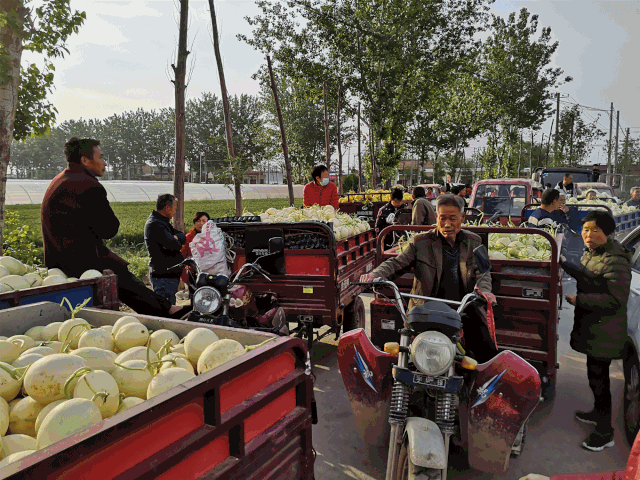
△ Yanliang Melon must have a name.
Near autumn, no one in Shaanxi can refuse the "purple pearl" grapes in Huxian County.
According to legend, Zhang Jian went to the Western Regions in the Han Dynasty to "take Putao (grapes) from Dawan and plant them next to the Palace Museum". This was the first recorded grape introduction event in history, and Shaanxi and Gansu became the distribution center of China grapes, scattered all over Shaanxi. Linwei District of Weinan has a modern grape industrial park covering an area of 200,000 mu, which is called "the hometown of grapes in China".
Chang ‘an during the Silk Road period is undoubtedly the highlight moment of Shaanxi fruit in history. Pomegranate also settled in Lintong. Lintong Pomegranate, the ancestor of China pomegranate, has a large skin, rich seeds and juicy juice, and bright colors like rubies. Bai Juyi’s poem praised it well: "The blood cells in the sunshine will drip to the ground, and the wind will turn the flame to burn people."
Fire crystal persimmon was a leader among persimmons before he went out of The Longest Day In Chang’an. His skin was thin, seedless, fine, soft, waxy, delicious and sweet. It became the latest standard to suck fire crystal persimmon while eating mutton in a basin in Xi ‘an. You can suck "a nest of honey" by inserting a straw.
And if you want to taste sweet persimmon, Fuping persimmon in Weinan is indispensable. It is recognized as the most suitable variety for making persimmon. When it is hung and dried naturally, when it is covered with icing, you can eat soft and flexible persimmon.
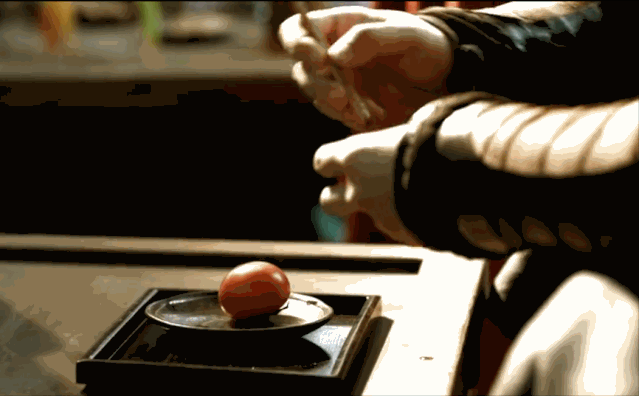
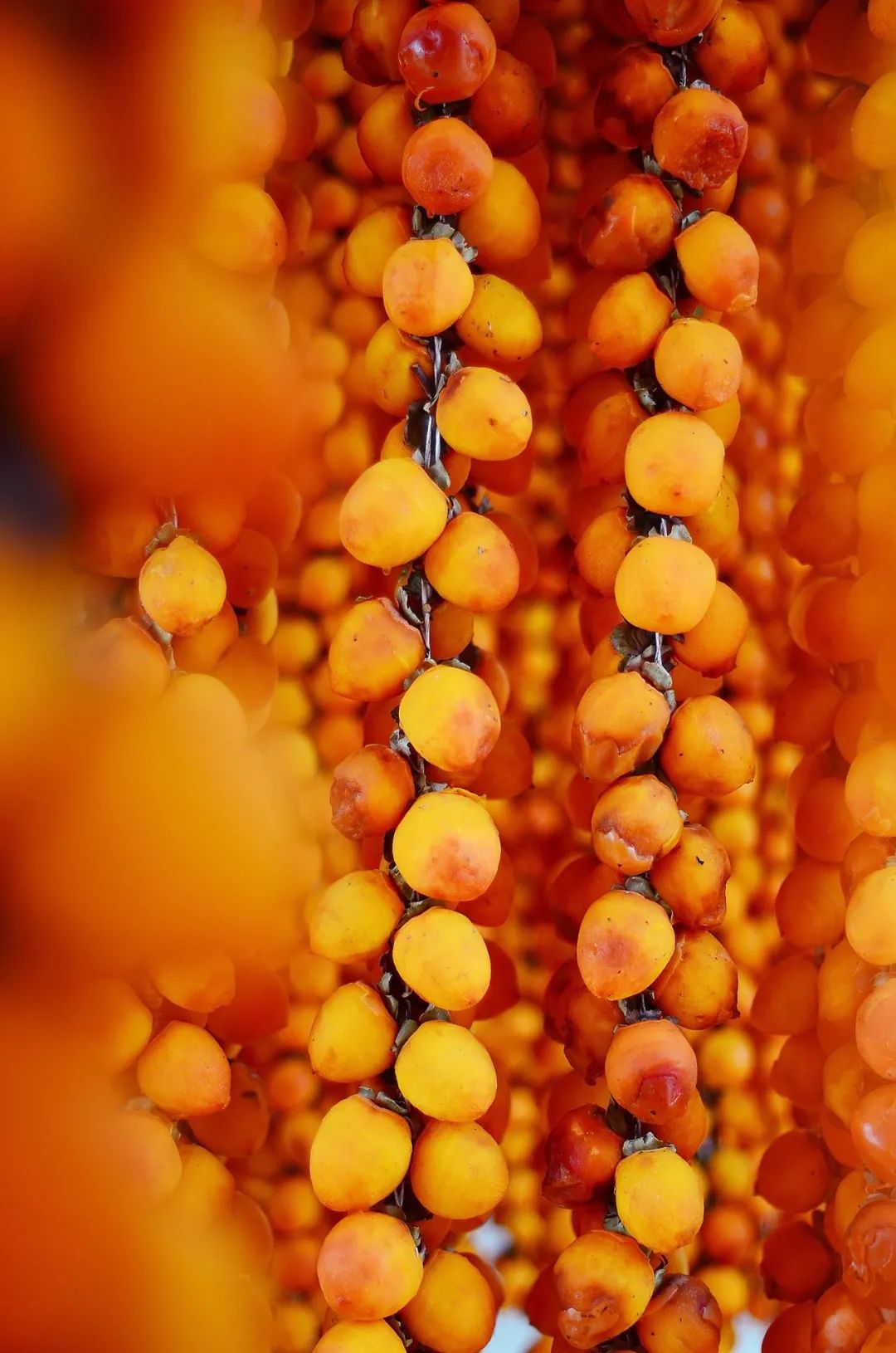
△ Fu Ping persimmon is sweet to the heart. /tuchong creativity
At the junction of autumn and winter, Dali winter jujube came.
The skin is thin and crisp, the flesh is sweet and crisp, and you can hear the crunchy sound when you bite it. Dali winter jujube also had a wide range of output as early as the Western Han Dynasty, and it was also presented to the court in the name of local tribute, and it was a special tribute to the royal family during the Kangxi period.
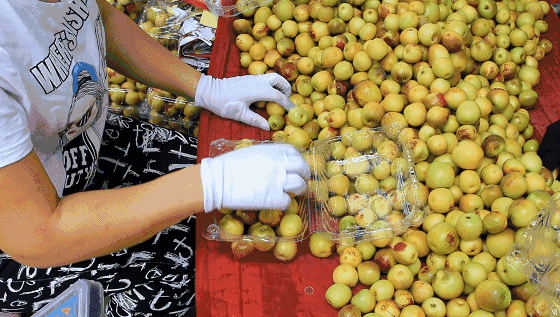
△ Dali winter jujube is refreshing, crisp and sweet.
Yanliang and Pucheng crisp pears are also categories that can’t be missed. They are called "mineral water growing on trees". The fruit is big and small, fresh and juicy. Besides fresh food, it can also be processed into pear wine, pear paste and canned food.
Shaanxi is more than just the fruit varieties mentioned above. When it comes to nuts such as red dates, walnuts and chestnuts, Shaanxi people are as straight as their backs.
Except for subtropical and tropical fruits, there are basically fruits in the north and south areas in Shaanxi. According to incomplete statistics, there are nearly 52 varieties of fruits in Shaanxi, large and small, and they are not the same all year round. Isn’t this a realistic version of "fruit liankan"?

△ Shaanxi people can play the real version of the fruit.

We Shaanxi people were raised by fruits.
Perhaps the most frequently heard news is the unsalable fruit in Shaanxi. The fruits in Shaanxi are indeed unsalable year after year, and farmers often fall into "the trouble of harvest"-"the vineyard farmers in Liquan are worried that the grapes are ripe, but no merchants are interested." "Xianyang has a bumper harvest of 10,000 mu of watermelon, but it has dropped to about 3 cents a catty, and no one has come to buy it. The melon farmers are dying."
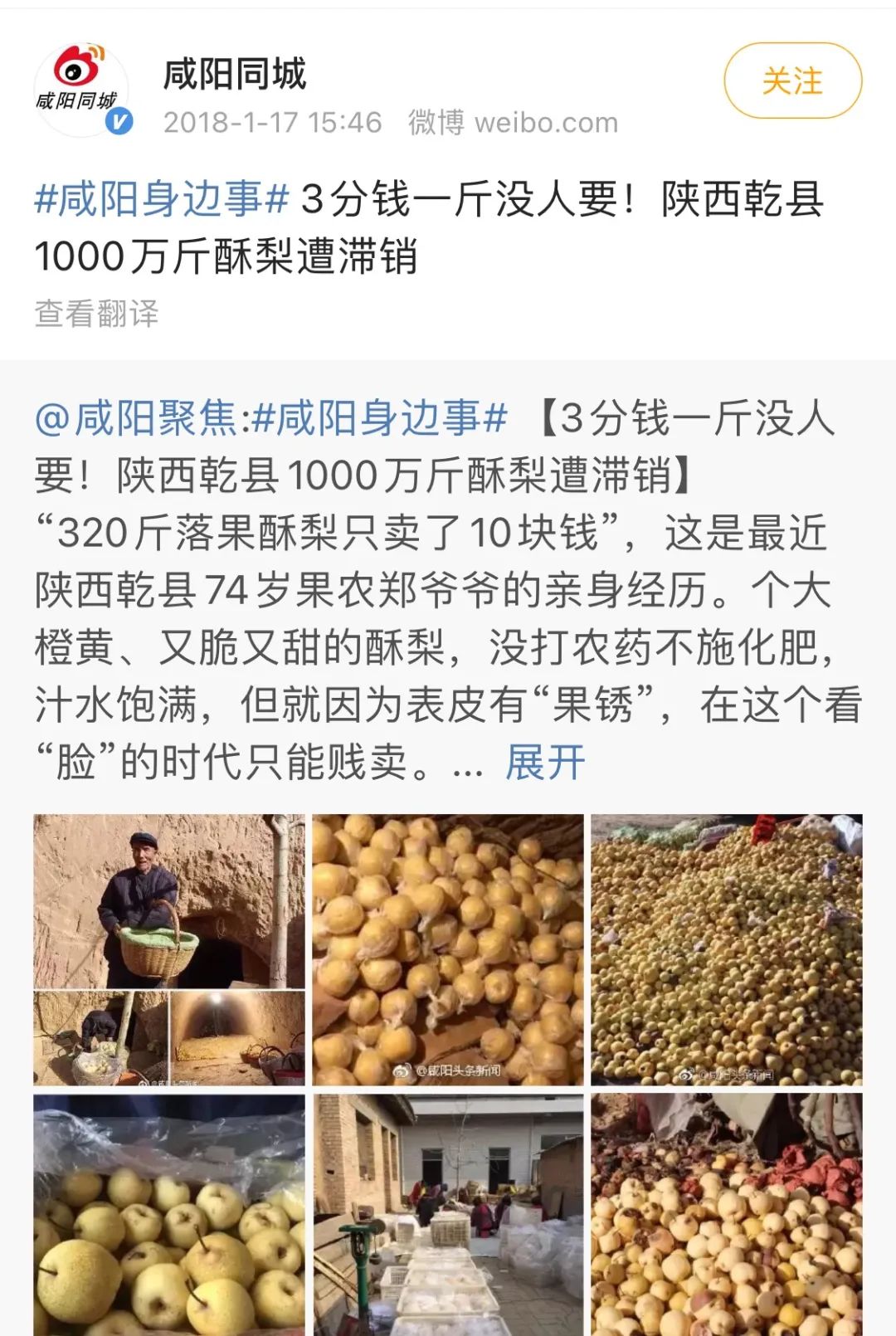
△ In this "era of looking at faces", the slow sales of fruits in Shaanxi are distressing. /Weibo screenshot
After going to college in Shaanxi, you will understand the welfare of "giving away fruits for nothing".
Recently, there was a news screen. Shaanxi Normal University distributed more than 5,000 watermelons free of charge to more than 18,000 students in the dormitory. Pomegranate trees and persimmon trees are planted on campus, and the fruits that teachers and students often eat are persimmons, loquats, pomegranates and so on.
Nowadays, even the most common apples cost seven or eight dollars to eat in some places. Fruit freedom seems to be getting rarer and rarer. Some people have probably converted it. Shaanxi, a big fruit province, produces about 25 kilograms of fruit for everyone in the country in one year.
The fiery pomegranate flower has become the city flower of Xi ‘an. Walking on the streets of Xi ‘an, you can meet a pomegranate tree in a few steps. The fruit stall sign on the street reads "Lintong pomegranate is one yuan, pomegranate juice is ten yuan and three bottles". To outsiders, this price is like Shaanxi people eating fruit, as if it doesn’t cost anything.
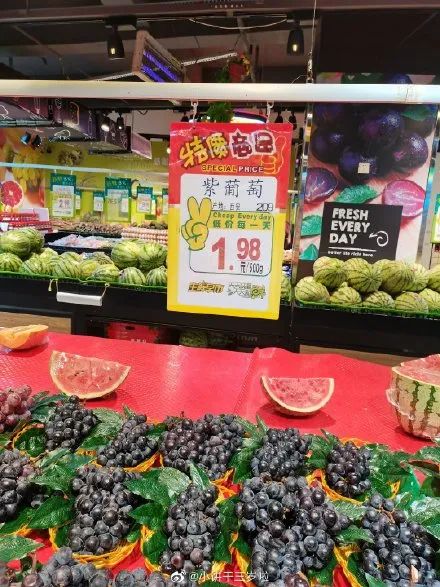

△ Shaanxi people eat fruit, as if they really don’t spend any money./Weibo screenshot
Of course, the fruit freedom of Shaanxi people is not born effortlessly.
Just like the 10,000-mu apple orchard growing on the Loess Plateau, it relies on the hands of Chinese people. According to statistics, nearly 10 million mu of apples in Shaanxi can increase the forest coverage rate of the whole province by 3 percentage points, and the Loess Plateau is getting greener and greener, and the credit of fruit farmers is definitely indispensable.

△ The expansion of Shaanxi fruit industry belt has also made Shaanxi green.
One-sixth of the arable land in Shaanxi is orchards, and many towns and villages get rich by growing fruits.
During the harvest season, 75% of the winter jujube in Dali, the first county in China, will be bought out by merchants all at once, and fruit farmers can receive more than 20,000 yuan per mu on average. At present, there are 83,000 jujube farmers engaged in the winter jujube industry in Dali, with an increase of 60,000 yuan per household and an output value of about 5 billion yuan.
The planting area of kiwifruit in the province is 920,000 mu, and the output is 1.16 million tons, ranking first in the country. According to statistics, in 2020, the per capita disposable income of farmers in Meixian County reached 14,895 yuan, of which 80% came from the kiwifruit industry.
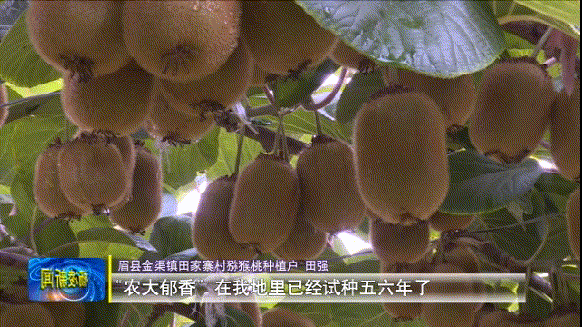
△ Getting rid of poverty and getting rich by fruit, Shaanxi people can really.
Nowadays, the apples in Shaanxi are not limited to the original 36 north latitude line north of Weihe River, but have "expanded northward and entered westward" for one or two hundred kilometers each, and came to the west of Baoji and the north of Yan ‘an.
The planting of winter jujube also expanded 400 kilometers north to Yulin, and kiwifruit "expanded eastward and moved southward". Now Weinan, Xi ‘an, Xianyang, Baoji in the northern foot of Qinling Mountain, and even southern Shaanxi in the southern foot of Qinling Mountain are vigorously planting kiwifruit.
It can be said that the fruits of Shaanxi people are free, and four points are doomed, and six points rely on hard work. They really created an enviable fruit landscape with their hands.
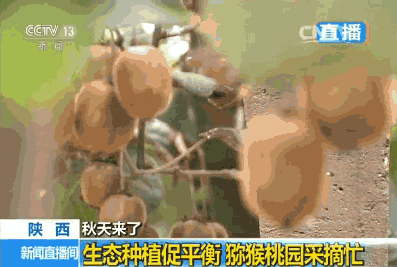
△ Shaanxi’s fruit area has expanded, and fruit farmers have made great contributions.
Shaanxi, which is not economically obvious, has diverse customs and humanities. People in northern Shaanxi are considered to be generous, simple and honest, people in Guanzhong are informal, people in southern Shaanxi are inclusive, and Zhong Ling is graceful.
Shaanxi fruits present a rich territory due to their diverse styles, but they always have the same characteristics-the fruits here are as low-key as Shaanxi people, without exquisite packaging and grandstanding marketing.
However, it is superior to a large quantity of delicious food, and the price is friendly to the people. It silently supports the fruit basket of 1.4 billion Chinese, and when everyone cries that there is no fruit freedom, it quietly surprises everyone.

△ Shaanxi people rely on fruit freedom to quietly surprise everyone. /tuchong creativity
References:
Neglected Shaanxi Fruit Life Travel Network
Didn’t expect that, did you China is the largest fruit province, but Shaanxi? Authentic scenery
Who is the first fruit province in China? Produce 25 Jin of fruit for every Chinese every year.
Shaanxi Apple Niu Jinpeng Going to the World
This article is the original content of the signing account [Nine Lines] of Netease News Netease New Humanity Wave Plan, and it is forbidden to reprint it at will without the authorization of the account.

Do you like Shaanxi fruit?

Zhou Zhiruo
Edit | Zhou Zhiruo
Typesetting | Xie Wuji
Proofreading | Wu Yuyan
The pictures in this article are from the Internet.
Original title: "China’s largest fruit province has been underestimated for too long"
Read the original text